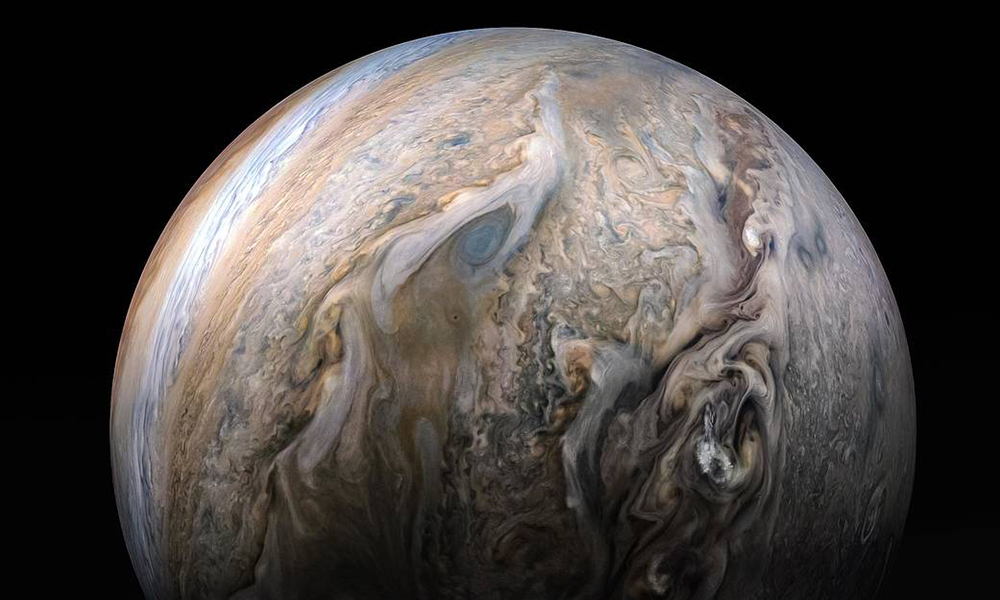ACADEMIA
Rochester scientists reveal the limits of machine learning for hydrogen models
Research from the Laboratory for Laser Energetics paves the way for more accurate supercomputer models, which are needed to understand the interior of planets and the physical properties of nuclear fusion. 
Hydrogen is one of the most abundant elements in the universe.
On Earth, hydrogen is normally a gas. But when it is under high temperatures and pressures—the conditions that exist within many planets, such as Jupiter—hydrogen goes through a series of phase transitions and takes on the properties of a liquid metal. One of the metallic properties it takes on is becoming an electrical conductor.
In a new paper in Nature’s “Matters Arising,” researchers at the University of Rochester Laboratory for Laser Energetics (LLE), including lead author Valentin Karasiev, an LLE staff scientist; graduate student Josh Hinz; and Suxing Hu, an associate professor of mechanical engineering and a distinguished scientist at the LLE, respond to a 2020 Nature paper that used machine learning techniques to study the liquid-liquid phase transitions of dense hydrogen from an insulating liquid to a liquid metal.
In their response, Karasiev and his colleagues outline how these machine learning techniques produced incorrect results in describing hydrogen’s phase transitions. Their research has important implications in building more accurate computer models to study hydrogen, which can lead to a better understanding of the interiors of planets and stars and the physical properties of processes like nuclear fusion.
When building the equation-of-state of hydrogen—the equation that describes the state of hydrogen under various physical conditions—it is important to characterize the transition into the metallic hydrogen phase: Is it an abrupt (sharp) transition or a smooth transition?
“This physics character of first-order phase transition can have profound implications in understanding what giant planets’ interior structures look like, such as de-mixing of hydrogen and helium in Jupiter,” Hu says.
In the 2020 Nature paper, researchers used machine learning and concluded the transition of hydrogen to the metallic hydrogen phase was smooth. Karasiev and his colleagues, however, performed large-scale quantum simulations using other fundamental density-functional theories and found that hydrogen’s transition is not smooth, but is instead more abrupt. This is consistent with other previous data collected without machine learning.
“Our work demonstrated that machine learning can fool scientists if they are not careful when using machine learning to study phase-transition boundaries,” Karasiev says. “This is an important step in building better models to outline how hydrogen can become metallic hydrogen.”

 How to resolve AdBlock issue?
How to resolve AdBlock issue?